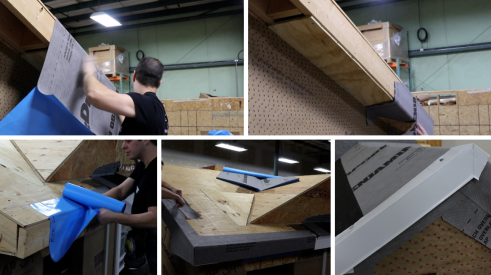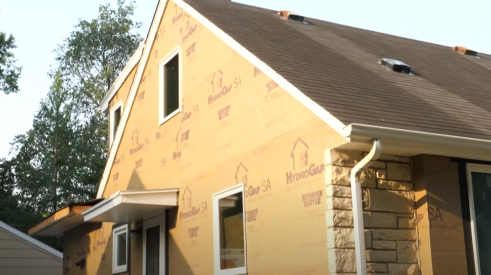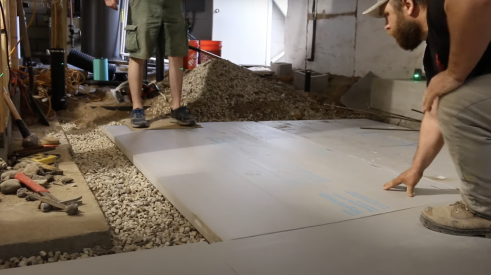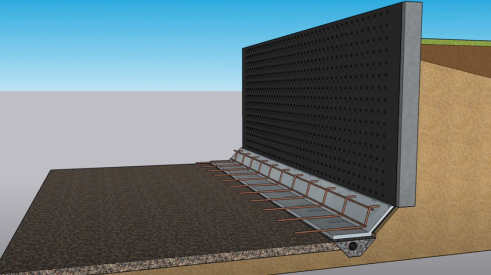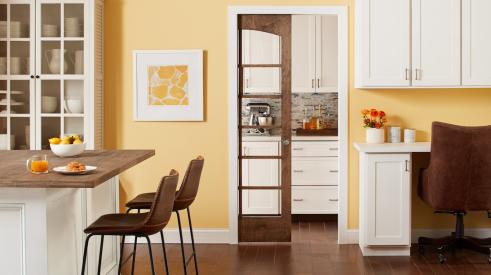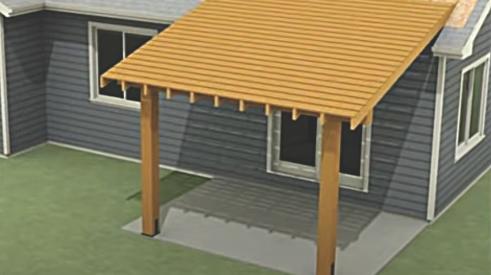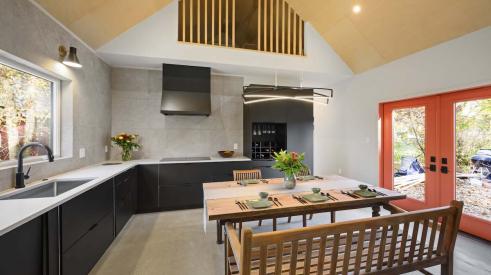Best practice ideas relating to remodeling design usually come from remodelers. In fact, a large-scale new construction builder-developer might be among the last places a remodeler would consider looking for design ideas. But remodelers would be wise to borrow a page, literally, from Haseko Construction Inc. of Honolulu.
As both the developer and builder of a New Urbanist resort community KaMakana at Hoakalei, featuring new homes priced from the high $400s to $1.2 million, Haseko executives realized that success for them hinged on great design, executed consistently well. To pull off its ‘Hawaii Beach’ designs like Island Craftsman and Coastal Craftsman – which include many exterior features like porches, railings, posts and rafter tails – the company resurrected a common practice from a bygone era of building and remodeling: pattern sheets. Attached to floor plans and blue prints as a resource for framing and trim carpentry contractors, pattern sheets offer architectural details writ large as a means to ensure that all elements are proportional and correct.
“It became clear to us that in order for us to require exacting detail from our trades, that we needed to adopt the age-old practice of using pattern sheets,” says Adam Sutton an executive vice president with Haseko. “So we requested that our designers provide complete and exact information on all exterior details in a graphic format. We located some old-style pattern sheets to use as an example and told them the goal was to create drawings of architectural elements that trades people would easily understand. We did not want our trade contractor’s employees drawing these details on the hoods of their cars.”
Authenticity and variety were so critical to project success, says Sutton, that each of the 22 model homes were designed with two or three different elevations, but the sheer volume of home styles with so many architectural elements created a challenge of consistency during build out. According to Sutton, 11 different types of scrolling can be found on rafter tails in its development.
Pattern sheets do cost more in design time. Architects and designers involved in the project were unaccustomed to providing the level of detail required of a pattern sheet for a house. For example, pattern sheets for a typical home at KaMakana at Hoakalei will have 30 to 40 renderings of exterior details, like corbels, brackets, rafter tails and columns.
Haseko’s efforts to achieve design quality at Hoakalei demonstrates why the company was awarded a Bronze National Housing Quality Award for 2011. Not satisfied with simply providing pattern sheets to its trade partners, Haseko collaborated with its framing contractor, Coastal Construction, to build an onsite mill to further ensure the production of high-quality exterior details. The company provided land, power, water and (of course) pattern sheets for the mill, while the contractor invested in equipment and built a 2,500-square-foot facility with 3,000 square feet of adjoining storage space. Remodelers rarely, if ever, build to the scale of a Hoakalei development, but the milling operation can be likened to and affiliated cabinet shop where exterior and interior trim is often built. Pattern sheets could enhance productivity and correctness at such operations. Creating the milling operation at Hoakalei made a lot more sense when used in concert with detailed pattern sheets, says Sutton, who offered a bit of a history lesson on the efficacy of pattern sheets and pattern books.
“Pattern Sheets were used back in the 1800s when craftsman carried them wherever they would go in order to get some consistency and proportion to the homes they built,” Sutton explains. “That is why you can go out in a cornfield today and find a house that was built in the 1870s with beautiful architectural details. Craftsmen who carried pattern books built those homes. Today pattern books have become collectors items."
Pattern sheets let remodelers and builders offer design details to ensure a quality outcome
Add new comment
Related Stories
How to Weatherize Roof-Wall Intersections
Mitigating moisture between changes of materials and panes requires special attention
3 Steps for Installing House Wrap and a Rainscreen
ProTradeCraft's Building Resilience walks you through how to install a self-adhered house wrap, liquid flash obstructions, and top it off with a rainscreen
How to Insulate a Heated, Structural Slab with XPS
ProTradeCraft's Building Resilience season three starts with making a basement more comfortable
How to Retrofit Foundation Footings
To make a low-height basement a more comfortable living space, this remodeler digs deeper but needs to add support to do so
Crawl Spaces to Basements: Proceed with Caution
Converting a crawl space to other uses can upgrade a home and add significant value, but when done incorrectly, it can also be disastrous
Webinar: Project and Trade Management Musts—The New American Remodel 2023
Access the webinar here to learn project and trade management lessons from The New American Remodel 2023
How to Attach a Patio Roof to an Existing House
Discover expert tips on how to attach a patio roof to an existing house. Elevate your homeowner clients' outdoor living spaces with our comprehensive guide.
How To Improve Energy Performance in Existing Attics
There’s more to insulating the attic than attic insulation; there’s venting, air sealing, and misery
Model ReModel 2022: A Case Study in Sustainable, Thoughtful Construction
The eighth annual Model ReModel project features an accessory dwelling unit, designed for aging in place, attached to a 19th-century Victorian




